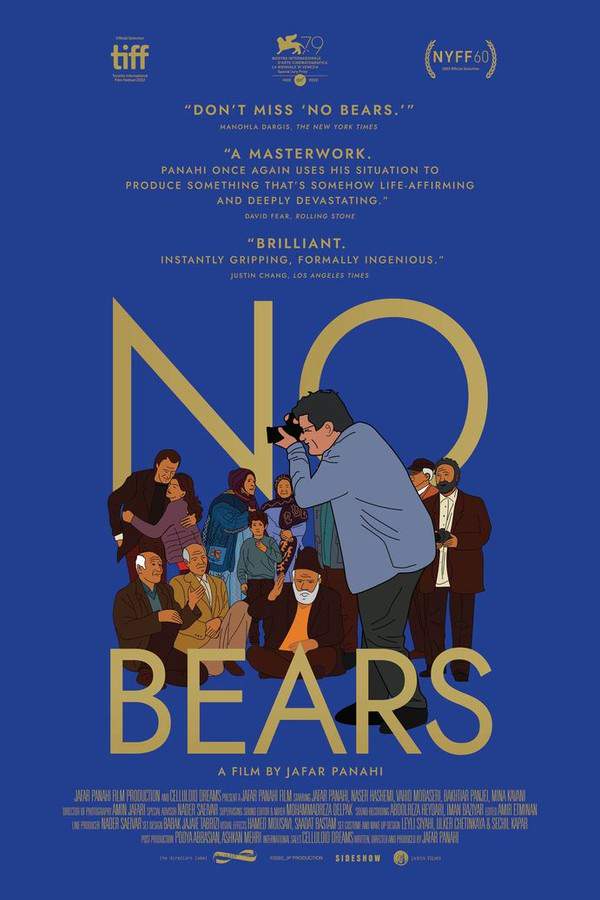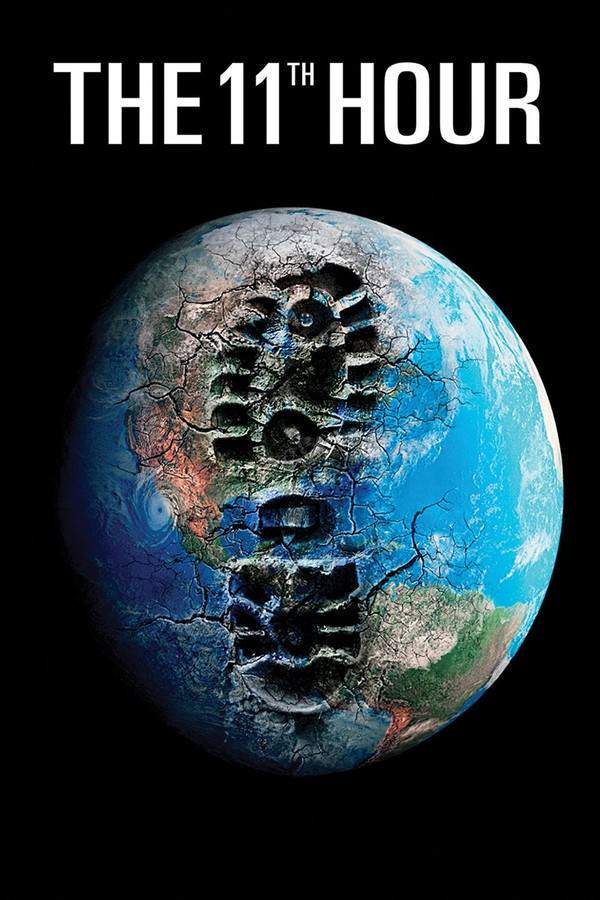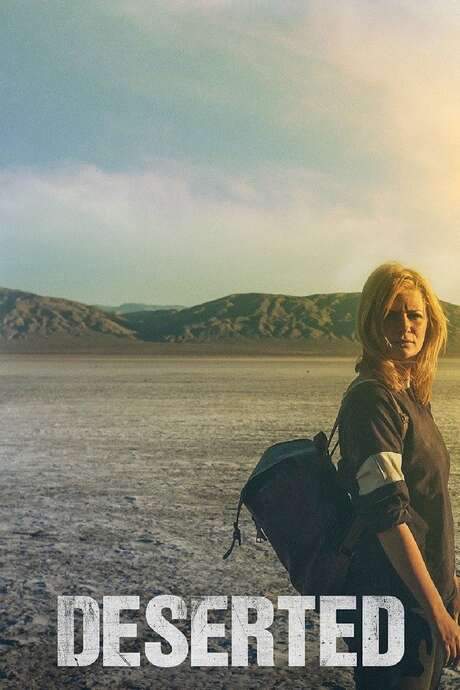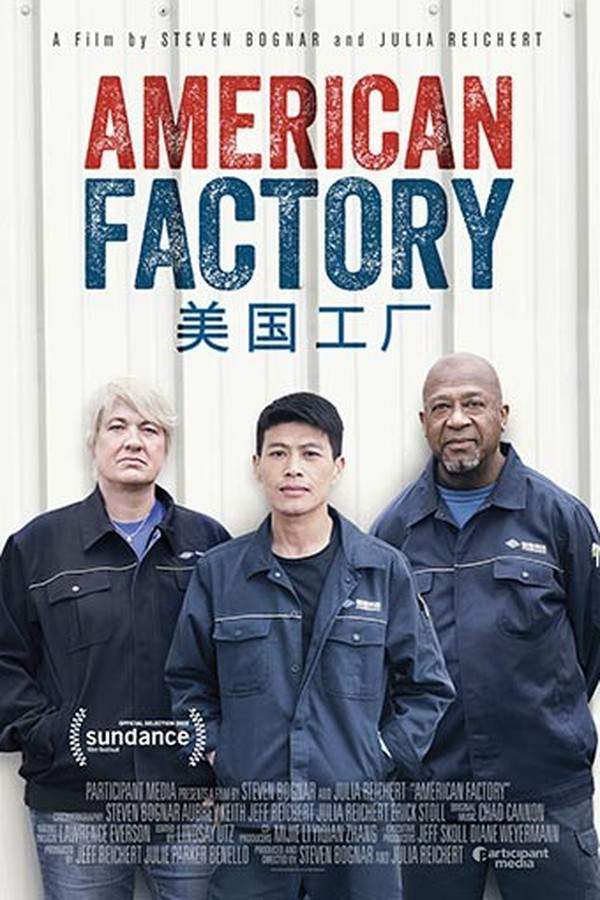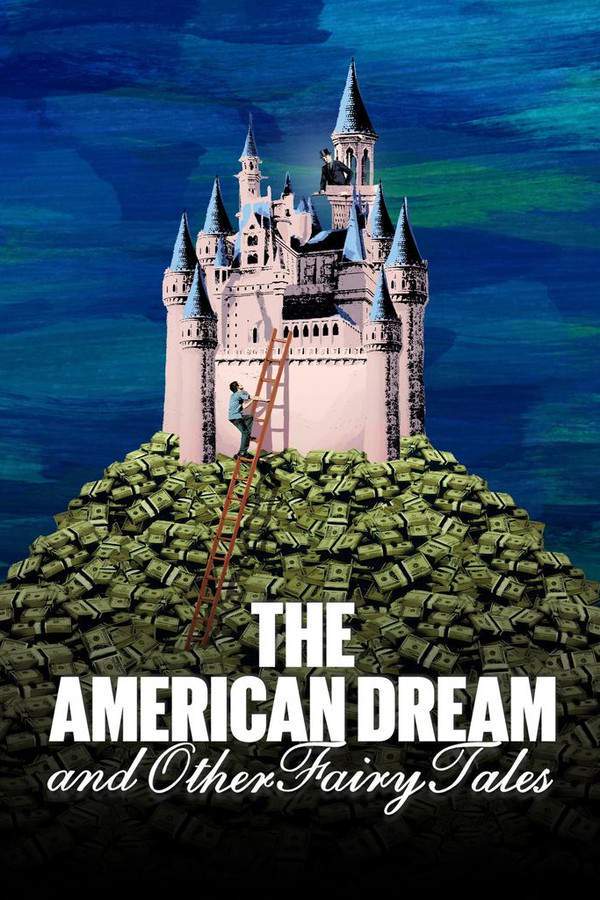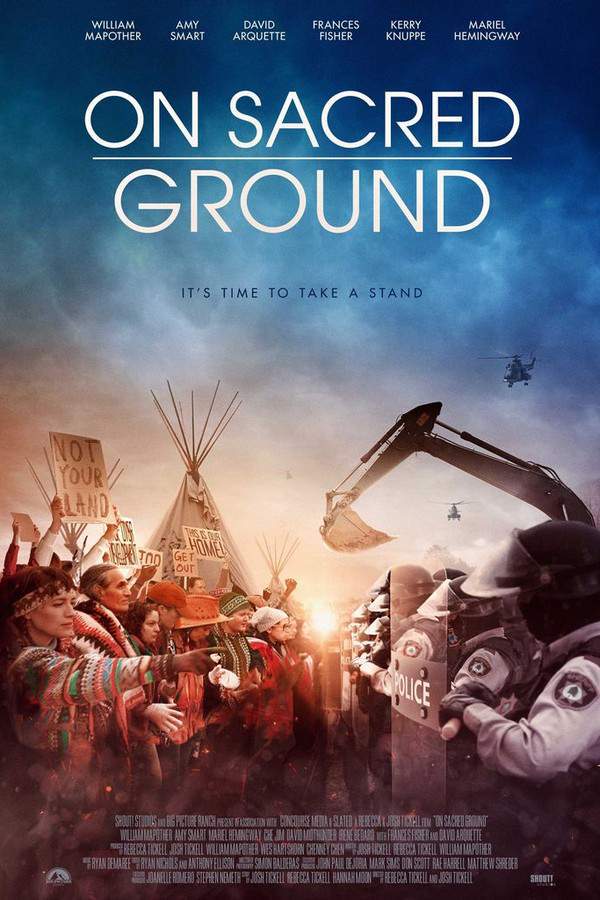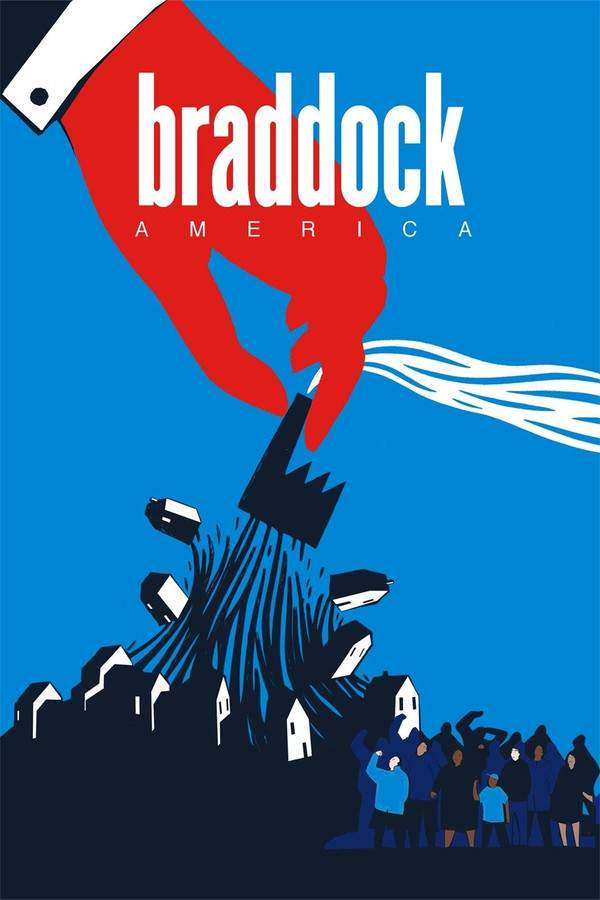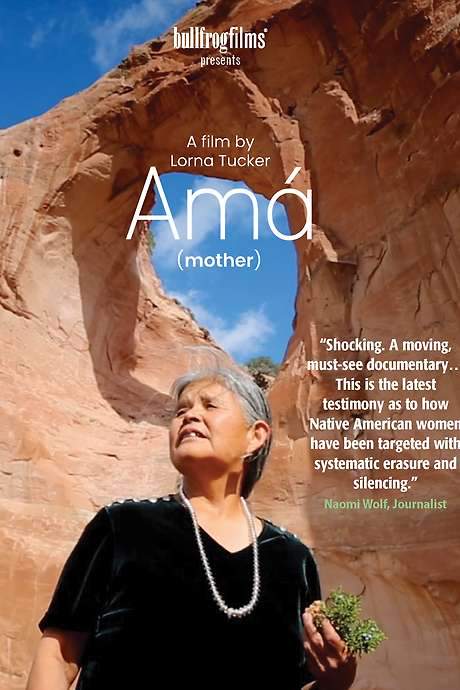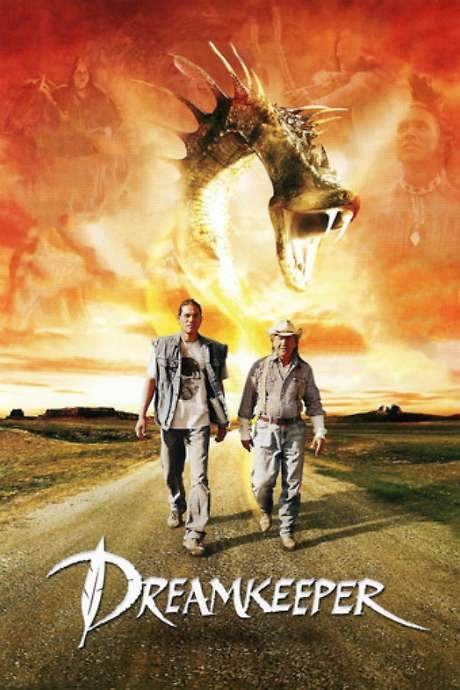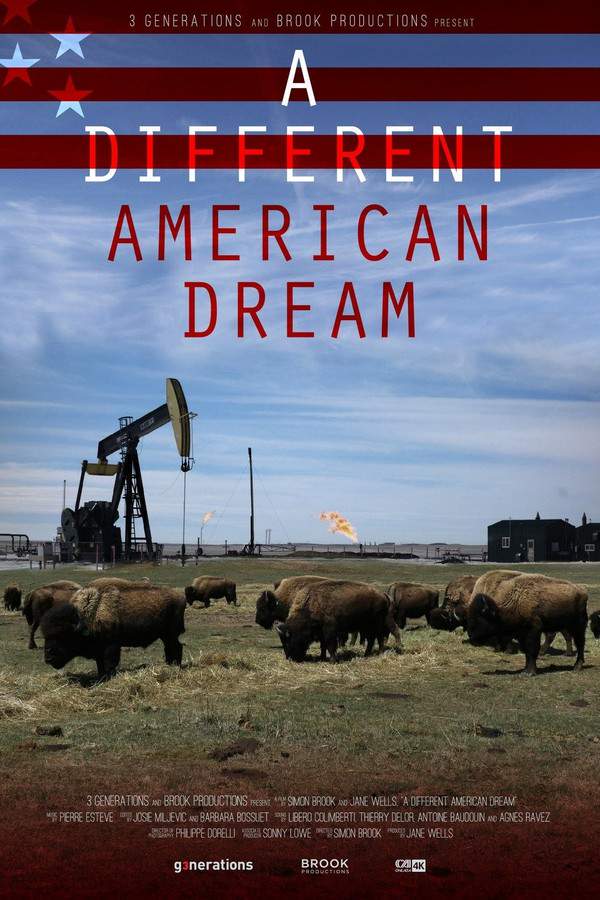
A Different American Dream
Year: 2017
Runtime: 84 min
Language: English
Director: Simon Brook
On the Fort Berthold Indian Reservation, the discovery of a massive shale oil field brought both industry and unexpected hardship. While wealth flowed in, it came at a significant cost, including toxic waste contamination and a rise in illness. The community faces a plummeting life expectancy, and as the social fabric begins to fray, tribal leaders struggle to protect their land, traditions, and way of life amidst the changing landscape.
Warning: spoilers below!
Haven’t seen A Different American Dream yet? This summary contains major spoilers. Bookmark the page, watch the movie, and come back for the full breakdown. If you're ready, scroll on and relive the story!
A Different American Dream (2017) – Full Plot Summary & Ending Explained
Read the complete plot breakdown of A Different American Dream (2017), including all key story events, major twists, and the ending explained in detail. Discover what really happened—and what it all means.
Fort Berthold Indian Reservation serves as the ancestral home to the Three Affiliated Tribes of the Mandan, Hidatsa, and Arikara (MHA). This reservation is uniquely positioned within the Bakken Formation, which is known as the largest shale oil field in all of North America. Nowadays, the area finds itself enveloped in the turmoil of oil exploration and hydraulic fracturing (fracking). The very landscape is marred by the presence of oil pumps, towering fracking rigs, hazardous waste dumps, and an extensive underground network of pipes. Over countless miles of subterranean pipelines, oil is transported from, through, and across the reservation. While the oil industry presents significant economic prospects for certain tribal members, it simultaneously poses grave risks to the cultural integrity and environmental health of the entire community and its land.
At present, Fort Berthold is home to around 6,500 members belonging to the MHA Nation. Spanning one million acres, this expansive reservation contains 21 fracking rigs, 1,400 operational oil wells, and a staggering 1,992 wells that are deemed potentially exploitable. The recent surge in the oil industry has propelled North Dakota to quickly become the second-largest oil-producing state in the United States, achieving an impressive peak of approximately 1.3 million barrels per day from almost 9,000 wells. However, the MHA Nation faces significant environmental repercussions as a result of this extractive industry, with little to show in terms of local benefits; distressingly, the average life expectancy among reservation residents is a striking 57 years, compared to 79 years for the rest of North Dakota. Alarmingly, fewer than 15% of tribal members are reaping the benefits of the oil boom.
The influx of outside wealth triggered by the oil boom has wreaked havoc on the social dynamics within the community, leading to an array of new challenges on the reservation. The rate of suicides and unforeseen deaths has escalated, alongside increased incidents of violent crime, substance abuse, and sex work. Against this backdrop of confusion and instability, tribal leaders, including Chairman Mark Fox, are earnestly striving to safeguard their land and ensure a stable future for their people. For many within the MHA Nation, this latest oil rush is merely a continuation of a long history characterized by the exploitation of their lands and the erosion of their way of life.
This struggle echoes back to the 19th century, when a devastating smallpox epidemic virtually annihilated the Mandan and severely reduced the populations of the Hidatsa and Arikara tribes. Such tragedies led to the three tribes coming together to form one cohesive nation. Later, in the late 1940s, the establishment of the Garrison Dam resulted in the flooding of their lands, creating Lake Sakakawea and forcing numerous tribal members to relocate to less fertile highlands, compounding their existing poverty. Today, fracking and oil drilling continue to represent yet one more formidable obstacle to the peace, health, and sovereignty of the tribe. Chairman Mark Fox’s poignant assertion encapsulates this sentiment: “we are not going to trade revenue for having no place to live.”
Last Updated: May 12, 2025 at 07:04
Explore Movie Threads
Discover curated groups of movies connected by mood, themes, and story style. Browse collections built around emotion, atmosphere, and narrative focus to easily find films that match what you feel like watching right now.
Documentaries about communities in crisis like A Different American Dream
Documentaries about a society facing destruction from forces both external and internal.If you were moved by A Different American Dream, explore more documentaries that capture the sobering reality of communities under pressure. These films show similar stories of societal strain, cultural erosion, and the heavy toll of external forces, offering a profound look at resilience and loss.
Narrative Summary
The narrative follows a community's decline, often triggered by an external catalyst like economic exploitation or environmental disaster. It methodically charts the consequences—social decay, health crises, loss of tradition—presenting a linear, factual account of a collective struggle for survival.
Why These Movies?
These movies are grouped by their shared focus on systemic collapse within a specific group. They share a heavy emotional weight, a bleak tone, and a steady, observational pacing that allows the gravity of the situation to sink in.
Bleak environmental stories like A Different American Dream
Stories where the cost of progress is a poisoned land and a broken society.For viewers seeking movies like A Different American Dream, this list features films with similar themes of environmental crisis and exploitation. Discover stories that explore the heavy price of resource extraction, toxic contamination, and the fight for environmental justice.
Narrative Summary
These stories often begin with a discovery or deal that promises prosperity but quickly reveals a hidden, catastrophic cost. The narrative arc is one of unfolding tragedy, documenting the physical and spiritual poisoning of a people and their land, with little hope for reversal.
Why These Movies?
They are united by a core theme of environmental destruction leading to social decay. The experience is characterized by a melancholic and frustrated mood, a straightforward presentation of dire facts, and a heavy emotional weight centered on injustice and cultural erosion.
Unlock the Full Story of A Different American Dream
Don't stop at just watching — explore A Different American Dream in full detail. From the complete plot summary and scene-by-scene timeline to character breakdowns, thematic analysis, and a deep dive into the ending — every page helps you truly understand what A Different American Dream is all about. Plus, discover what's next after the movie.
A Different American Dream Timeline
Track the full timeline of A Different American Dream with every major event arranged chronologically. Perfect for decoding non-linear storytelling, flashbacks, or parallel narratives with a clear scene-by-scene breakdown.

Characters, Settings & Themes in A Different American Dream
Discover the characters, locations, and core themes that shape A Different American Dream. Get insights into symbolic elements, setting significance, and deeper narrative meaning — ideal for thematic analysis and movie breakdowns.

A Different American Dream Spoiler-Free Summary
Get a quick, spoiler-free overview of A Different American Dream that covers the main plot points and key details without revealing any major twists or spoilers. Perfect for those who want to know what to expect before diving in.

More About A Different American Dream
Visit What's After the Movie to explore more about A Different American Dream: box office results, cast and crew info, production details, post-credit scenes, and external links — all in one place for movie fans and researchers.

Similar Movies to A Different American Dream
Discover movies like A Different American Dream that share similar genres, themes, and storytelling elements. Whether you’re drawn to the atmosphere, character arcs, or plot structure, these curated recommendations will help you explore more films you’ll love.
Explore More About Movie A Different American Dream
A Different American Dream (2017) Scene-by-Scene Movie Timeline
A Different American Dream (2017) Movie Characters, Themes & Settings
A Different American Dream (2017) Spoiler-Free Summary & Key Flow
Movies Like A Different American Dream – Similar Titles You’ll Enjoy
American Factory (2019) Full Movie Breakdown
Bitterbrush (2022) Complete Plot Breakdown
American Movie (1999) Story Summary & Characters
Lakota Nation vs. United States (2023) Film Overview & Timeline
American Promise (2013) Ending Explained & Film Insights
The American Dream and Other Fairy Tales (2022) Plot Summary & Ending Explained
On Sacred Ground (2023) Full Summary & Key Details
Farmland (2014) Story Summary & Characters
Braddock America (2014) Complete Plot Breakdown
Amá (2018) Full Movie Breakdown
America Lost (2019) Complete Plot Breakdown
The End of Suburbia: Oil Depletion and the Collapse of the American Dream (2004) Film Overview & Timeline
Dreamkeeper (2003) Full Movie Breakdown
Earth and the American Dream (1992) Ending Explained & Film Insights
American Meth (2008) Complete Plot Breakdown

